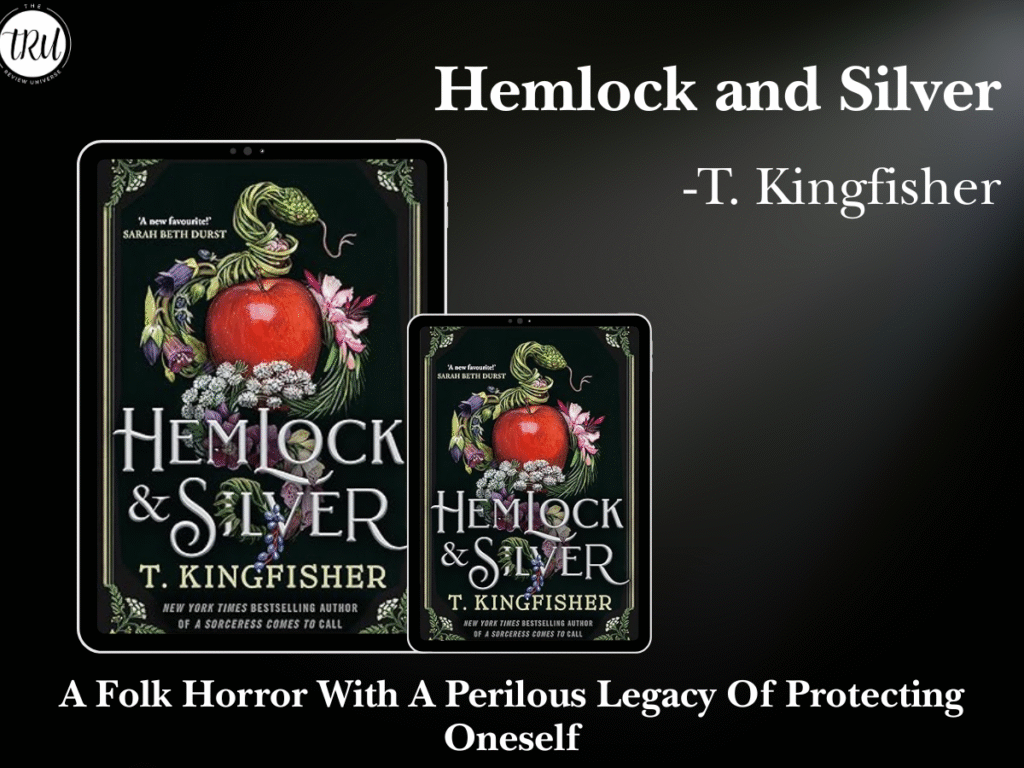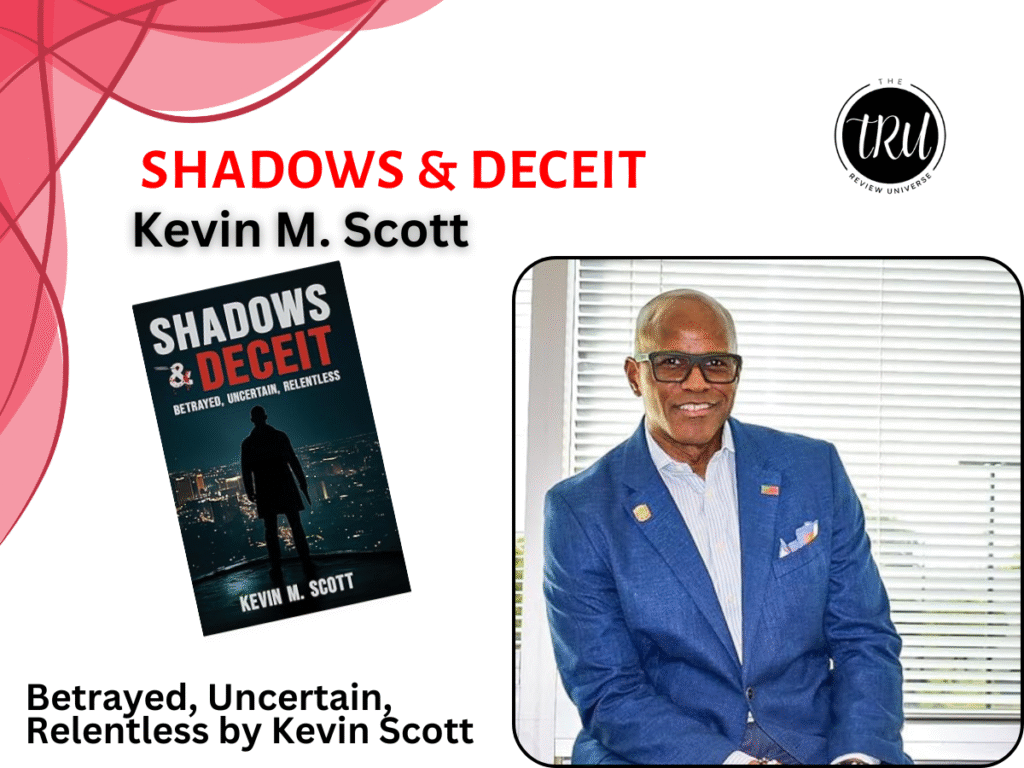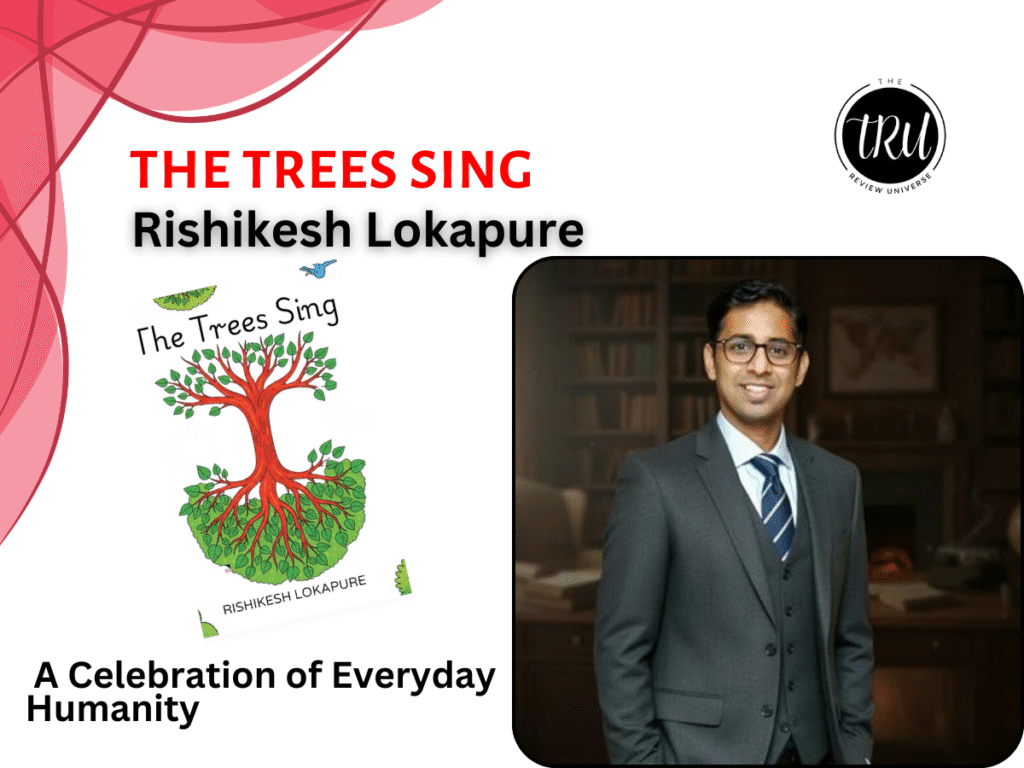
Hemlock and Silver by T. Kingfisher, a novel that takes the familiar premise of a woman inheriting a remote, mysterious house and elevates it into a rich, atmospheric tale of survival, legacy, and healing. Blending folk horror with personal drama, Hemlock & Silver explores themes of grief, resilience, and the perilous legacy of protecting oneself from the ancient and malevolent forces of the natural world.
| Name Of The Book | Hemlock & Silver |
| Author’s Name | Ursula Vernon (T. Kingfisher) |
| Launch Date | August 21, 2025 |
| Publishing Date | August 19, 2025 |
| Genre | Dark Fantasy, Folk Horror, Fairytale, Fiction |
| Amazon | Hemlock & Silver |
| Goodreads | Hemlock & Silver |
| Format | Kindle/E-Book |
| Pages | 368 pages |
| Language | English |

In the captivating world of modern fantasy and folk horror, few authors craft stories with the unique blend of wit, heart, and creeping dread quite like T. Kingfisher. Her work possesses a rare quality, effortlessly mixing the mundane realities of everyday life with the ancient, unsettling truths that lurk just beyond the veil of our perception. It is a story where the shadows in the woods are not just a metaphor for personal demons but are very real, very hungry entities that demand respect, caution, and a legacy of vigilance.
Hemlock & Silver – T. Kingfisher
The central narrative of Hemlock & Silver is a complex tapestry made from strands of personal pain, buried history, and primitive fear of the unknown. The tale begins with Elara’s arrival at her inherited home, an odd structure that feels both exotic and profoundly possessive. Her grief is a character in its own right, a constant companion who isolates her and exposes her to the house’s strange effect. As she settles there, she realizes that the mansion is laced with protective wards and bizarre rules—never leave after dark, always lock the doors, and never, ever allow the trees to touch the house.
These principles, which were initially rejected as superstition, eventually reveal themselves to be the thin lines of defence against a force. The novel’s actual greatness rests in T. Kingfisher’s use of this premise to examine the issue of humanity’s fragile relationship with nature. The forest is not a tranquil, idyllic environment; it is a sentient thing, and its animals are not monsters, but rather a natural, albeit terrifying, extension of its ancient will.
The creatures are an excellent illustration of folk horror; they are not flashy, jump-scare monsters, but rather uncomfortable, strange, and inextricably linked to the land. Their presence creates a persistent, low-level buzz of dread, as if something is continually watching from the peripheral. Elara’s journey is one of awakening, as she learns to decipher the house’s silent language and comprehend the meaning of the hemlock and silver.
The hemlock, a strong poison, is required, while the silver, a cleansing element, signifies a fleeting hope. Her bond with the house’s protecting spirit becomes crucial to her survival, and by learning to trust this unseen protector, she learns to heal her own internal traumas. She finds an unexpected friend in her neighbour, a tough but gentle man who understands the dangers of the woods and has a deep link to its history. His presence serves as a much-needed human anchor in an increasingly inhuman society, and their united effort to keep their homes and sanity forms a strong emotional core.
The story expertly mixes the slow-burn horror of folk tales with moments of true human connection and even grim humour. Elara’s monologue is funny and self-deprecating, providing a necessary break from the looming danger. As Elara explores deeper into the house’s secrets, she discovers a family history steeped in sacrifice and vigilance, and she realizes that her inheritance is not a gift, but a sacred responsibility. The novel’s culmination is a very personal confrontation, a test of will and resilience against an age-old force.
The novel’s core themes demonstrate that the conclusion is found not in overtly fighting evil, but in comprehending it, finding a way to coexist with it, and embracing the responsibility of a heritage she never asked for. The story is a powerful meditation on how we confront and make peace with the things that haunt us, both the literal monsters in the woods and the metaphorical ones we carry within ourselves. It asks us to consider what we would sacrifice for safety, what we owe to our ancestors, and whether true sanctuary can ever truly be found.
About the Author – T. Kingfisher

Ursula Vernon’s pen name, T. Kingfisher, is a well-known American author and illustrator who writes in a unique blend of fantasy, horror, and humour. Her writing is distinguished by funny prose, emotionally compassionate characters, and a singular capacity to discover the weird and amazing in the mundane. Under her true name, Ursula Vernon, she has received multiple prizes for her children’s publications, including the Hugo Award for her webcomic Digger.
As T. Kingfisher, she has built a formidable name in the realm of speculative fiction, earning a devoted audience for novels such as Nettle & Bone, a dismal fairy tale about a determined young lady, and Paladin’s Grace, a lovely and humorous fantasy romance. She is well-known for creating worlds that feel lived-in and real, with messy magic, flawed and empathetic individuals, and genuinely terrifying monsters. Her writing continually challenges genre conventions, providing innovative and fascinating perspectives on traditional fantasy and horror aspects.
A masterful blend of folk horror and personal drama that will keep you captivated from the first page. A chilling and beautifully written story that explores grief and resilience with a deft, unsettling hand.
Why should this book be a must read:
- The story features a uniquely crafted and unsettling supernatural threat from the woods.
- It feels like a classic, cozy mystery until the true, chilling nature of its world is revealed.
- It’s a thoughtful exploration of how we confront and coexist with our personal and inherited burdens.
- It’s a masterclass in folk horror, blending ancient dread with a modern setting.
- The protagonist’s journey of healing from grief is both profound and deeply relatable.
Deep Dive Into Grief And Horror
T. Kingfisher transports us to a world where the supernatural is as real as the pain of bereavement, and the most potent defences are not always guns, but rather understanding, acceptance, and the fortitude to stand vigil. Elara’s path exemplifies the idea that some responsibilities, no matter how great, are worth bearing—and that confronting the darkness outside may often provide us with the fortitude to heal the wounds inside. The work cements T. Kingfisher’s reputation as a modern master, demonstrating that the most compelling terror is frequently found not in what goes bump in the night, but in the ghosts of the past that we must learn to live with.
Check our page! : https://thereviewuniverse.com/blog/







Pingback: We Are All Guilty Here by Karin Slaughter: The Ultimate Dark Thriller Novel of 2025 - The Review Universe